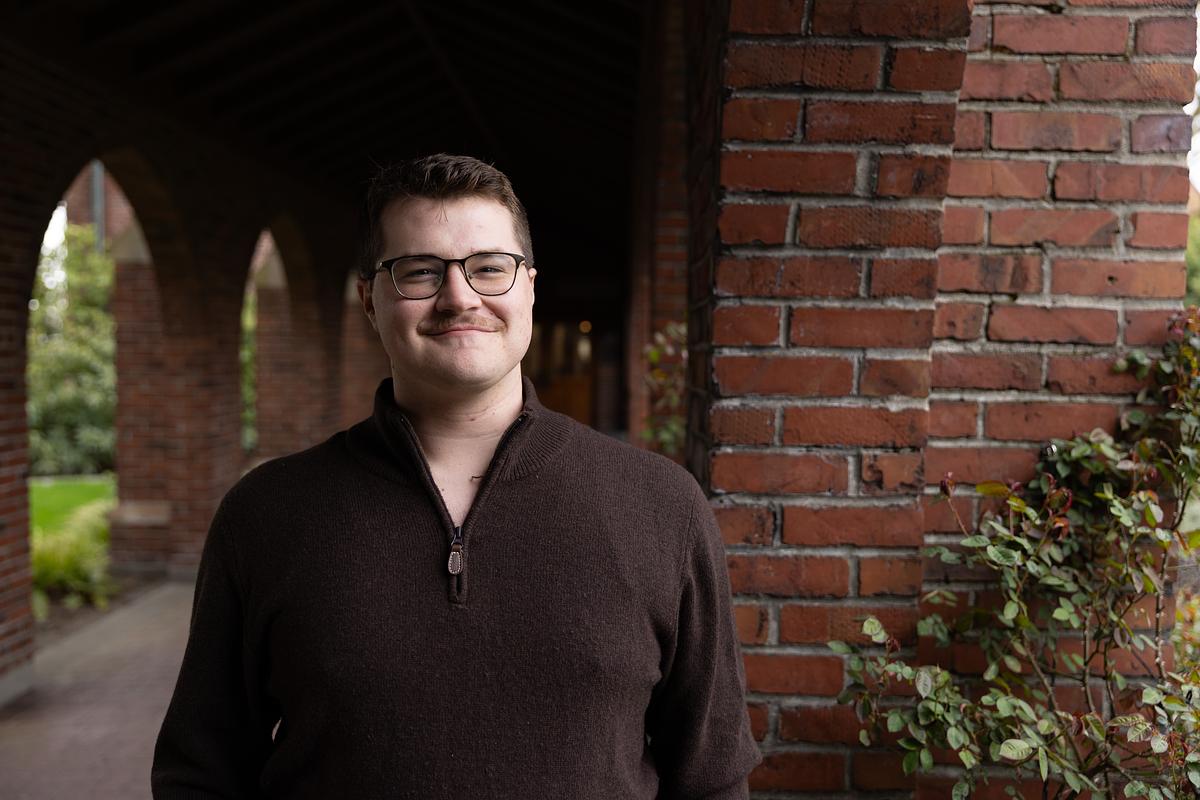We are a vibrant intellectual community that builds academic and personal relationships through collaborative learning, great conversations, exciting events, and social activities.
The program includes a first-year residential requirement with additional opportunities thereafter to live in our Honors residential community; a dynamic interdisciplinary minor in “Consciousness, Creativity, and Meaning” that explores contemporary research on the mysteries of human consciousness and their implications for leading a purposeful life; and a senior thesis completed in conjunction with your academic major.























